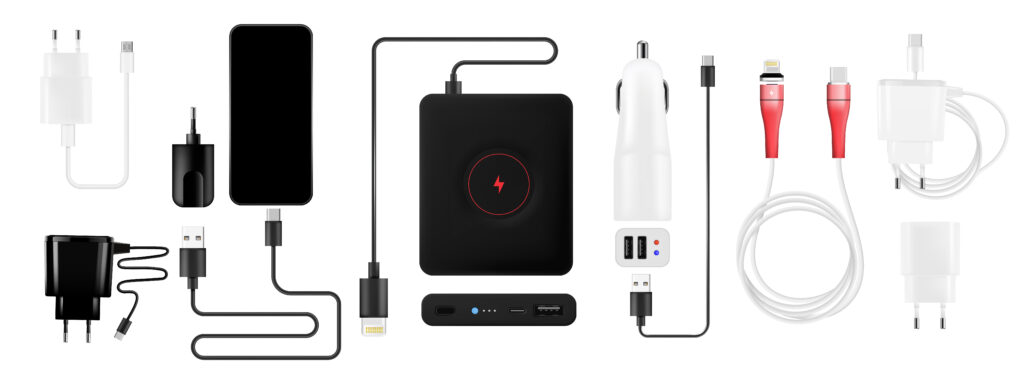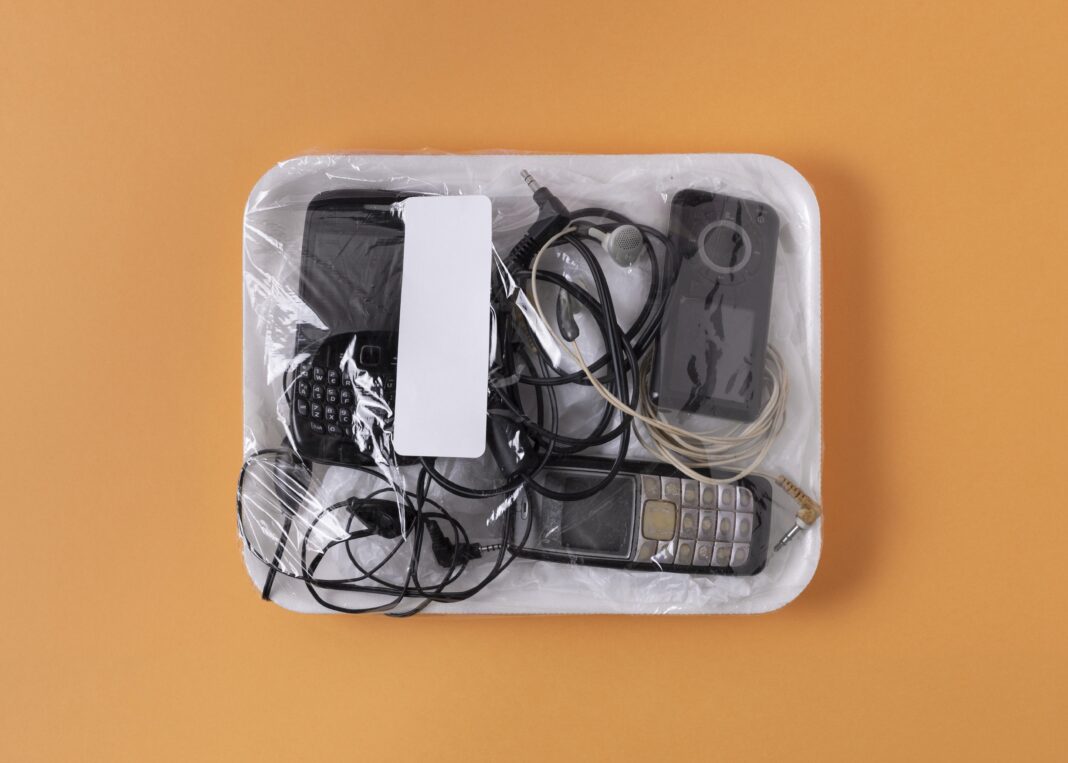The smartphone industry has undergone a significant transformation in recent years, with one of the most controversial changes being the removal of chargers from device packaging. What started with Apple’s 2020 decision to exclude power adapters from iPhone boxes has now become a widespread trend, adopted by major players like Samsung, Google, Xiaomi, and others.

This shift has sparked heated debates among consumers, environmental advocates, and industry analysts. Some view it as a bold step toward sustainability, while others see it as a thinly veiled cost-cutting strategy that shifts expenses onto consumers. To fully understand this trend, we must examine the multiple factors driving it, including environmental regulations, corporate financial incentives, technological advancements, and shifting consumer behaviors.
This comprehensive analysis will explore:
- The environmental motivations behind charger removal
- The financial benefits for smartphone manufacturers
- How charging technology is evolving beyond bundled adapters
- Consumer reactions and long-term implications
- What the future holds for smartphone packaging and accessories
By the end of this deep dive, you’ll have a clear understanding of why this change is happening, whether it’s truly beneficial, and what it means for your next smartphone purchase.
1. The Environmental Argument: Reducing E-Waste and Carbon Footprints
1.1 The Global E-Waste Crisis
Electronic waste (e-waste) is one of the fastest-growing waste streams worldwide. According to the Global E-Waste Monitor 2023, humanity generated 59.4 million metric tons of e-waste in a single year—equivalent to discarding 1,000 laptops every second. A significant portion of this waste comes from discarded chargers and cables.
- Redundant Chargers: Most consumers already own multiple USB adapters from previous devices. Including a new one with every phone leads to unnecessary waste.
- Plastic and Metal Waste: Chargers contain plastics, copper, and other non-biodegradable materials that contribute to landfill pollution.
- Carbon Emissions from Production & Shipping: Manufacturing and transporting millions of chargers consume energy and increase CO₂ emissions.
1.2 Regulatory Pressures and Corporate Sustainability Goals
Governments and environmental agencies are pushing for stricter e-waste regulations:
- European Union’s USB-C Mandate: The EU has mandated that all smartphones must use USB-C charging by 2024, reducing the need for multiple charger types.
- Corporate Carbon Neutrality Pledges: Apple, Samsung, and Google have committed to carbon neutrality, and eliminating chargers helps them meet these goals.
- Smaller Packaging = Fewer Emissions: Without chargers, phone boxes are slimmer, allowing more units to be shipped in a single load, reducing transportation emissions.
1.3 Does Removing Chargers Actually Help the Environment?
While the move reduces waste, critics argue it’s a half-measure:
- Limited Impact Without Recycling Programs: Simply removing chargers doesn’t solve e-waste unless paired with better recycling initiatives.
- Shift to Premium Accessories: Some brands now sell chargers separately at higher margins, which could lead to more waste if consumers buy unnecessary extras.
Despite these concerns, the trend aligns with broader sustainability efforts in tech, making it likely to continue.
2. The Financial Incentive: How Removing Chargers Boosts Profits
2.1 Cost Savings for Manufacturers
Eliminating chargers isn’t just about the environment—it’s a strategic financial decision.
- BOM (Bill of Materials) Reduction: A typical charger costs 2–2–5 to produce. Multiplied by millions of units, this adds up to hundreds of millions in savings.
- Smaller Packaging = Lower Shipping Costs: Slimmer boxes mean more phones per pallet, reducing logistics expenses.
- Fewer SKUs (Stock Keeping Units): Fewer packaging variants simplify inventory management.
2.2 The Rise of Accessory Sales
By not including chargers, brands have created a new revenue stream:
- Upselling Fast Chargers: Many companies now promote 20W, 30W, or even 100W chargers as premium upgrades.
- Wireless Charging Kits: Apple’s MagSafe and Samsung’s Wireless Charger Duo are sold separately at high margins.
- Third-Party Market Boom: Brands like Anker, Belkin, and UGREEN benefit from selling affordable alternatives.
2.3 Consumer Cost Burden: Are Buyers Really Saving Money?
While brands claim this move keeps phone prices stable, critics argue:
- Hidden Expenses: First-time buyers or those switching ecosystems (e.g., Android to iPhone) must purchase a charger separately.
- Premium Pricing for Official Adapters: Apple’s 20W USB-C charger costs $19, while third-party options are cheaper.
This shift effectively transfers costs from manufacturers to consumers, raising questions about fairness.
3. The Technological Shift: USB-C, Wireless Charging, and the Future of Power Delivery
3.1 USB-C: The New Universal Standard
The move toward USB-C reduces the need for bundled chargers:
- Compatibility Across Devices: Many laptops, tablets, and Android phones now use USB-C, allowing cross-device charging.
- Faster Charging Speeds: USB-C Power Delivery (PD) supports up to 240W, eliminating the need for proprietary adapters.
3.2 Wireless Charging Adoption
- Qi Standard Dominance: Most flagship phones support Qi wireless charging, reducing reliance on cables.
- Apple’s MagSafe Ecosystem: Magnetic wireless charging encourages users to buy separate accessories.
- Future Innovations: Companies are working on long-range wireless charging, which could make wired chargers obsolete.
3.3 Will Chargers Disappear Entirely?
Eventually, smartphones may ship without any charging accessories, relying on:
- Universal wireless charging pads
- Public charging stations (like those in cafes and airports)
- Battery advancements (solid-state batteries that charge faster and last longer)
4. Consumer Reactions: Who Wins and Who Loses?
4.1 Negative Feedback from Buyers
- First-Time Smartphone Users: Those without existing chargers must buy one separately.
- Switchers Between Brands: Moving from Android to iPhone (or vice versa) may require a new charger.
- Perception of Corporate Greed: Many see this as a way for companies to cut costs while charging more.
4.2 Supporters of the Change
- Eco-Conscious Consumers: Those who prioritize sustainability approve of reduced waste.
- Tech Enthusiasts: Users who already own high-wattage chargers appreciate not receiving redundant ones.
4.3 Market Survey Data
A 2023 Statista survey found:
- 42% of consumers disliked the removal of chargers.
- 35% supported it for environmental reasons.
- 23% were indifferent, as they already owned multiple chargers.
5. The Future of Smartphone Packaging: What’s Next?
5.1 More Minimalist Boxes
- No Earphones, No Manuals: Some brands may remove other accessories to further shrink packaging.
- Digital-Only Documentation: QR codes instead of printed manuals.
5.2 Potential Regulations
- Right-to-Repair Laws: Governments may force brands to ensure long-term charger compatibility.
- Standardized Charging Ports: The EU’s USB-C rule may expand globally.
5.3 Will Chargers Become Optional Add-Ons?
- “Build Your Own Bundle” Models: Consumers may choose whether to include a charger at checkout.
- Subscription-Based Charging: Some brands could offer charging accessories via monthly plans.
FAQ Section
Q1: Why did Apple remove the charger first?
Apple claimed environmental benefits, estimating 2 million metric tons of carbon savings annually. Critics argue it also boosted sales of MagSafe chargers.
Q2: Do I need to buy a charger if I get a new phone?
Only if you don’t have a compatible one. iPhones now include a USB-C to Lightning cable (but no adapter), while most Androids use USB-C.
Q3: Are wireless chargers better than wired ones?
They’re more convenient but often slower. Fast wireless charging is improving, but wired charging remains more efficient.
Q4: Will all brands stop including chargers?
Most major brands already have. Smaller manufacturers may keep including them to attract buyers.
Q5: Is this change really helping the environment?
Yes, but the impact is modest. The bigger benefit comes from reduced shipping emissions and smaller packaging waste.
Conclusion
The removal of chargers from smartphone boxes is a complex issue with valid arguments on both sides. While it undeniably reduces e-waste and cuts costs for manufacturers, it also shifts expenses to consumers and raises questions about corporate motives.
As charging technology evolves—with USB-C standardization, wireless advancements, and potential regulatory changes—this trend is likely here to stay. The key question is whether brands will balance profitability with genuine sustainability or if consumers will demand more transparency and fairness in the future.
What’s your take? Should chargers be included, or is this a necessary step toward a greener tech industry? Share your thoughts below.

